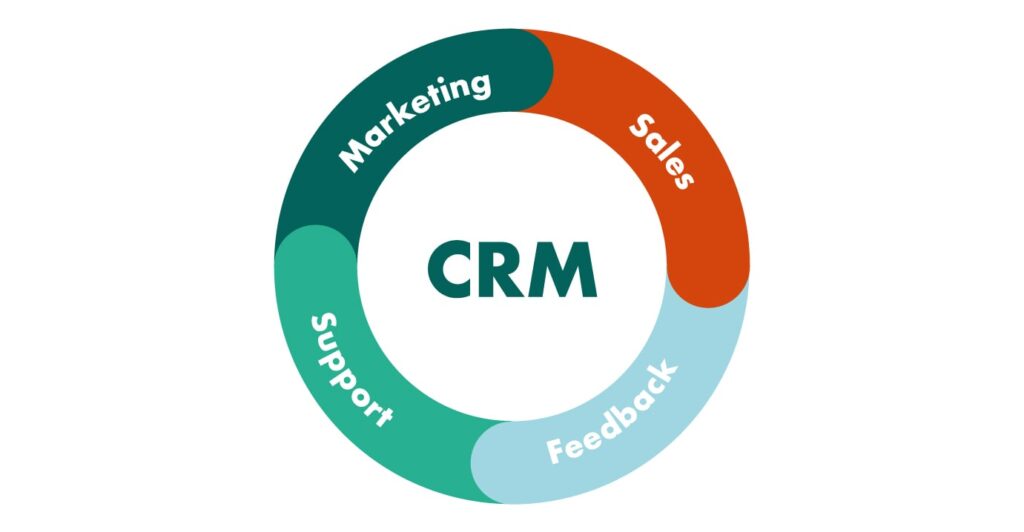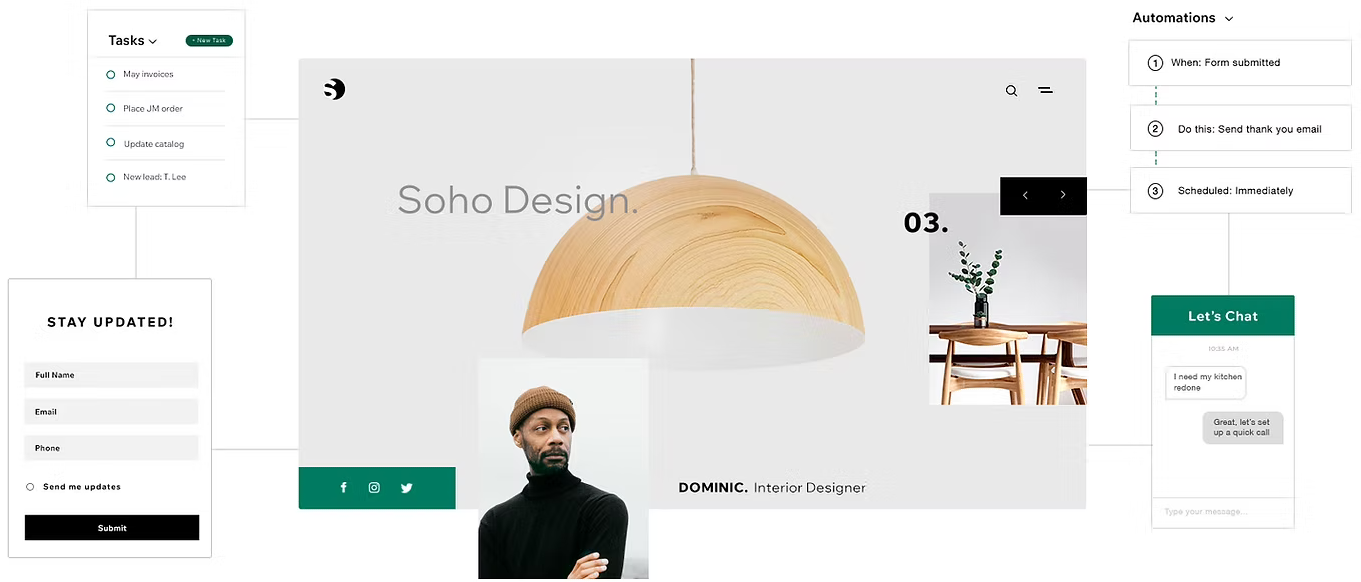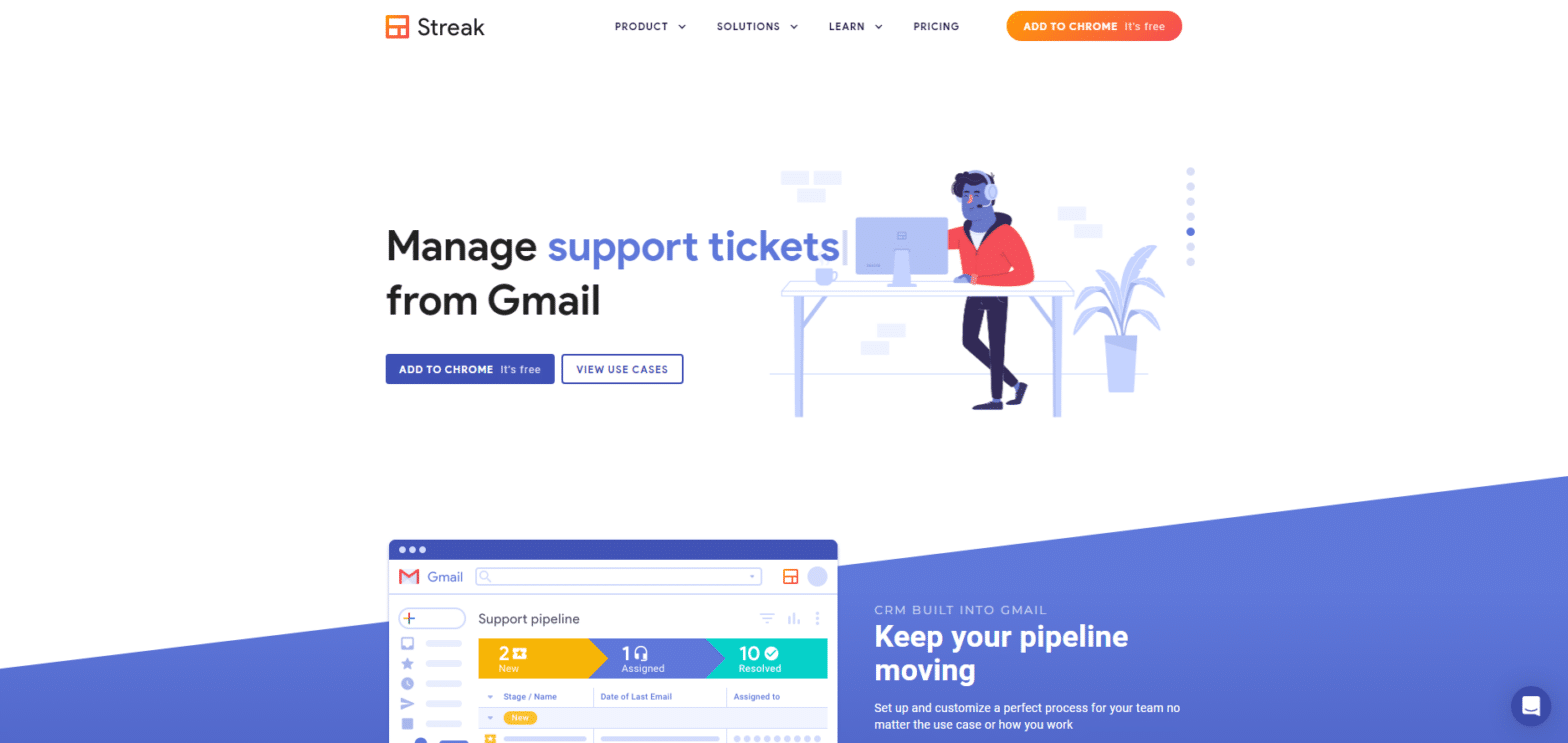CRM, Content Marketing, and the Holy Grail of Growth: A Guide to Winning Customers and Keeping Them

CRM, Content Marketing, and the Holy Grail of Growth: A Guide to Winning Customers and Keeping Them
In the ever-evolving landscape of digital marketing, businesses are constantly seeking the magic formula for sustainable growth. While there’s no single silver bullet, two powerful forces – Customer Relationship Management (CRM) and Content Marketing – have emerged as cornerstones for success. When these two are strategically intertwined, they can unlock a potent synergy that fuels customer acquisition, retention, and ultimately, business prosperity. This comprehensive guide delves into the intricate relationship between CRM and content marketing, providing actionable insights and strategies to help you harness their combined power.
Understanding the Core Components
What is CRM?
CRM, or Customer Relationship Management, is more than just software; it’s a philosophy centered around building and nurturing strong customer relationships. At its core, CRM involves:
- Collecting and organizing customer data: This includes contact information, purchase history, communication logs, and preferences.
- Analyzing customer behavior: Understanding how customers interact with your business, what they buy, and their overall journey.
- Personalizing interactions: Tailoring marketing messages, offers, and customer service experiences to individual needs.
- Improving customer service: Providing efficient and effective support to resolve issues and build loyalty.
The ultimate goal of CRM is to create a 360-degree view of each customer, enabling businesses to anticipate their needs, proactively address concerns, and foster long-term relationships. Think of it as the central nervous system of your customer interactions, providing the data and insights necessary to make informed decisions.
What is Content Marketing?
Content marketing is a strategic marketing approach focused on creating and distributing valuable, relevant, and consistent content to attract and retain a clearly defined audience — and, ultimately, to drive profitable customer action. Unlike traditional advertising that often interrupts and pushes, content marketing pulls customers in by providing them with information, entertainment, or solutions to their problems. Key aspects of content marketing include:
- Creating valuable content: This can take many forms, including blog posts, articles, videos, infographics, ebooks, podcasts, and social media updates.
- Targeting a specific audience: Understanding your ideal customer and creating content that resonates with their interests and needs.
- Distributing content through various channels: Utilizing a mix of owned, earned, and paid media to reach your target audience.
- Measuring results: Tracking key metrics like website traffic, engagement, leads generated, and conversions to assess the effectiveness of your content.
Content marketing isn’t just about creating content; it’s about building a relationship with your audience by providing value. It’s about becoming a trusted resource, an authority in your industry, and a go-to source for information.
The Symbiotic Relationship: How CRM and Content Marketing Thrive Together
While CRM and content marketing are distinct disciplines, they share a fundamental objective: to understand and engage with customers effectively. When integrated strategically, they amplify each other’s impact, creating a powerful engine for growth. Here’s how they work in harmony:
1. CRM Fuels Content Personalization
CRM provides a wealth of data about your customers, including their demographics, purchase history, browsing behavior, and communication preferences. This data can be used to personalize your content marketing efforts in several ways:
- Targeted Content: Create content specifically tailored to different customer segments based on their interests, needs, and buying stage.
- Personalized Emails: Send targeted email campaigns with relevant content, product recommendations, and offers based on individual customer profiles.
- Dynamic Website Content: Display different content on your website based on the visitor’s past behavior, such as showing relevant product pages or personalized calls to action.
By leveraging CRM data, you can move away from generic, one-size-fits-all content and deliver personalized experiences that resonate with each customer, increasing engagement and conversions. For instance, if your CRM data shows a customer frequently purchases hiking gear, you can send them a blog post about the best hiking trails in their area or recommend related products.
2. Content Marketing Drives CRM Data Acquisition
Content marketing can be a powerful tool for capturing valuable customer data and enriching your CRM database. Here’s how:
- Lead Magnets: Offer valuable content, such as ebooks, white papers, checklists, or webinars, in exchange for contact information through landing pages.
- Interactive Content: Use quizzes, polls, and surveys to gather insights about your audience’s preferences and needs.
- Content-Driven Forms: Integrate forms within your content to capture information like email addresses, job titles, or company size.
- Website Tracking: Implement tracking pixels to monitor how visitors interact with your content and gather valuable behavioral data for CRM.
By using content to attract and engage your audience, you can collect valuable information that helps you understand your customers better and improve your CRM efforts. For example, a blog post about “The Top 10 Mistakes in Choosing a CRM” can be paired with a lead magnet offering a free CRM evaluation checklist in exchange for contact details.
3. Content Marketing Nurtures Leads and Moves Them Through the Sales Funnel
Content marketing plays a crucial role in nurturing leads and guiding them through the sales funnel. By creating content for each stage of the customer journey, you can keep potential customers engaged and move them closer to a purchase:
- Awareness Stage: Create content to educate potential customers about your industry and the problems you solve. This might include blog posts, infographics, and social media updates.
- Consideration Stage: Provide content that helps leads evaluate different solutions, such as product comparisons, case studies, and webinars.
- Decision Stage: Offer content that helps leads make a purchase decision, such as pricing guides, demos, and testimonials.
CRM can be used to track where leads are in the sales funnel and deliver the right content at the right time. For instance, if a lead has downloaded your ebook about “Choosing the Right CRM,” your CRM system can automatically trigger an email series with content that provides product comparisons and case studies. This targeted approach increases the likelihood of conversion.
4. CRM Improves Content Distribution and Reach
CRM can help you distribute your content more effectively by segmenting your audience and targeting them with the most relevant information. Here’s how:
- Email Marketing: Use CRM data to segment your email list and send targeted email campaigns with relevant content.
- Social Media Targeting: Utilize CRM data to create custom audiences on social media platforms and promote your content to specific customer segments.
- Personalized Recommendations: Recommend relevant content to customers based on their interests and browsing history.
By leveraging CRM data, you can ensure that your content reaches the right people at the right time, increasing its impact and driving engagement. For example, if your CRM data shows that a customer is a frequent reader of your blog, you can automatically send them an email notification when a new blog post is published.
Strategies for Integrating CRM and Content Marketing
To realize the full potential of CRM and content marketing, you need a well-defined strategy that integrates these two disciplines. Here are some key steps to consider:
1. Define Your Goals and Objectives
Before you start integrating CRM and content marketing, you need to clearly define your goals and objectives. What do you want to achieve with these strategies? Are you looking to increase lead generation, improve customer retention, boost sales, or build brand awareness? Once you’ve established your goals, you can develop a plan to integrate CRM and content marketing in a way that aligns with your objectives.
2. Choose the Right CRM and Content Marketing Tools
Selecting the right tools is crucial for successful integration. Consider CRM software that offers robust features for customer data management, segmentation, and automation. Choose a content marketing platform that allows you to create, publish, and distribute content effectively. Look for tools that integrate seamlessly to facilitate data sharing and workflow automation.
3. Segment Your Audience
Segmenting your audience is essential for delivering personalized content and targeted messaging. Use your CRM data to divide your audience into different segments based on demographics, purchase history, interests, and other relevant factors. This will allow you to tailor your content marketing efforts to the specific needs and preferences of each segment.
4. Map Your Customer Journey
Understand the different stages of the customer journey, from awareness to purchase and beyond. Identify the types of content that are most relevant to each stage and create a content calendar that aligns with the customer journey. This ensures that your content is always relevant and engaging.
5. Create a Content Calendar
A content calendar is a roadmap for your content marketing efforts. It helps you plan, organize, and schedule your content in advance. Include content topics, formats, distribution channels, and target audience segments in your calendar. This ensures consistency and helps you stay on track with your content marketing goals.
6. Automate Your Workflows
Automation is key to streamlining your CRM and content marketing efforts. Automate tasks such as lead nurturing, email marketing, and social media posting. Use CRM workflows to trigger automated actions based on customer behavior, such as sending a welcome email to new subscribers or following up with leads who have downloaded a lead magnet.
7. Track and Analyze Your Results
Regularly track and analyze your results to measure the effectiveness of your CRM and content marketing strategies. Monitor key metrics such as website traffic, engagement rates, lead generation, conversion rates, and customer lifetime value. Use these insights to optimize your strategies and improve your results over time.
Real-World Examples of CRM and Content Marketing in Action
Let’s explore some real-world examples of how businesses are successfully integrating CRM and content marketing:
Example 1: E-commerce Retailer
An e-commerce retailer uses its CRM system to track customer purchase history and browsing behavior. Based on this data, they send targeted email campaigns with product recommendations and exclusive offers. They also create blog posts and videos about the products that customers have shown interest in, providing helpful tips and tutorials. This personalized approach increases customer engagement, drives sales, and builds brand loyalty.
Example 2: SaaS Company
A SaaS company uses its CRM system to track leads and their interactions with its content. They create different content for each stage of the sales funnel, such as blog posts for awareness, case studies for consideration, and product demos for decision-making. They use CRM workflows to automatically send relevant content to leads based on their stage in the sales funnel. This targeted approach shortens the sales cycle and increases conversions.
Example 3: Financial Services Firm
A financial services firm uses its CRM system to segment its audience based on their financial goals and risk tolerance. They create content tailored to each segment, such as articles about retirement planning, investment strategies, and estate planning. They use CRM to track customer engagement with this content and identify potential leads for their financial advisors. This targeted approach improves lead generation and helps them build stronger relationships with their clients.
Challenges and How to Overcome Them
While the synergy between CRM and content marketing is undeniable, there are challenges to address:
1. Data Silos
One of the biggest challenges is data silos. Data might reside in different systems, making it difficult to get a complete view of the customer. To overcome this, invest in CRM software that integrates with your content marketing platform and other marketing tools. Ensure that data is properly synchronized and accessible across all departments.
2. Lack of Integration
Without proper integration, the benefits of CRM and content marketing are limited. Choose tools that integrate seamlessly. If direct integration isn’t possible, explore third-party integrations or consider using APIs to connect your systems.
3. Lack of Alignment Between Teams
Sales and marketing teams often work in silos. To overcome this, foster collaboration and communication between teams. Establish shared goals, processes, and metrics. Conduct regular meetings to share insights and coordinate efforts.
4. Measuring ROI
It can be challenging to measure the ROI of content marketing and CRM efforts. To overcome this, define clear metrics for both strategies. Track website traffic, engagement, lead generation, conversion rates, and customer lifetime value. Use these metrics to demonstrate the value of your efforts and justify your investments.
5. Content Creation Bottlenecks
Creating high-quality content consistently can be a challenge. To overcome this, develop a content calendar and plan your content in advance. Consider outsourcing content creation to freelancers or agencies. Repurpose existing content into different formats to maximize its reach.
The Future of CRM and Content Marketing
The convergence of CRM and content marketing is not just a trend; it’s the future of customer engagement. As technology advances, we can expect to see even greater integration and personalization:
- AI-Powered Personalization: Artificial intelligence (AI) will play an increasingly important role in personalizing content and customer interactions. AI-powered tools can analyze vast amounts of data to identify customer needs and preferences, enabling businesses to deliver hyper-personalized experiences.
- Hyper-Segmentation: CRM systems will allow for even more granular segmentation of customer data, enabling marketers to target specific segments with highly relevant content.
- Omnichannel Integration: Businesses will need to provide seamless experiences across all channels, from email and social media to websites and in-person interactions. This requires a unified CRM and content marketing strategy.
- Emphasis on Customer Experience: Customer experience will become the ultimate differentiator. Businesses that prioritize customer experience will win in the long run. CRM and content marketing are essential tools for creating positive customer experiences.
The businesses that successfully integrate CRM and content marketing will be the ones that thrive in the years to come. By embracing these strategies, you can build stronger customer relationships, increase sales, and achieve sustainable growth.
Conclusion
In conclusion, the harmonious combination of CRM and content marketing offers a potent advantage in today’s competitive landscape. By leveraging the power of data, personalization, and valuable content, businesses can forge deeper connections with their customers, drive engagement, and achieve remarkable results. Embrace this powerful synergy, and embark on a journey toward sustainable growth and customer loyalty. Remember, it’s not just about acquiring customers; it’s about building lasting relationships that fuel long-term success. By focusing on the customer journey, delivering relevant content, and leveraging CRM to personalize every interaction, you can unlock the true potential of your marketing efforts and create a winning formula for growth.




